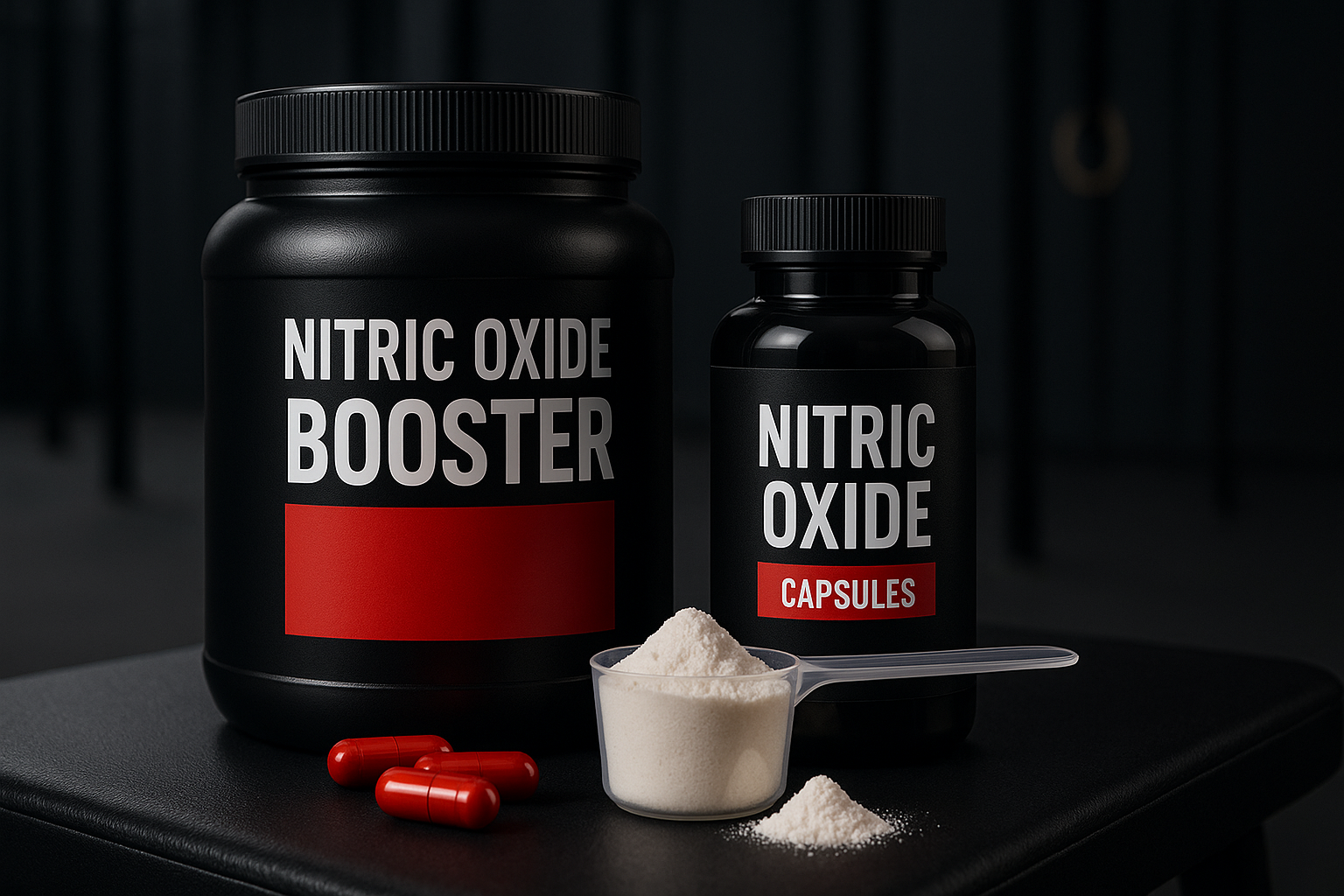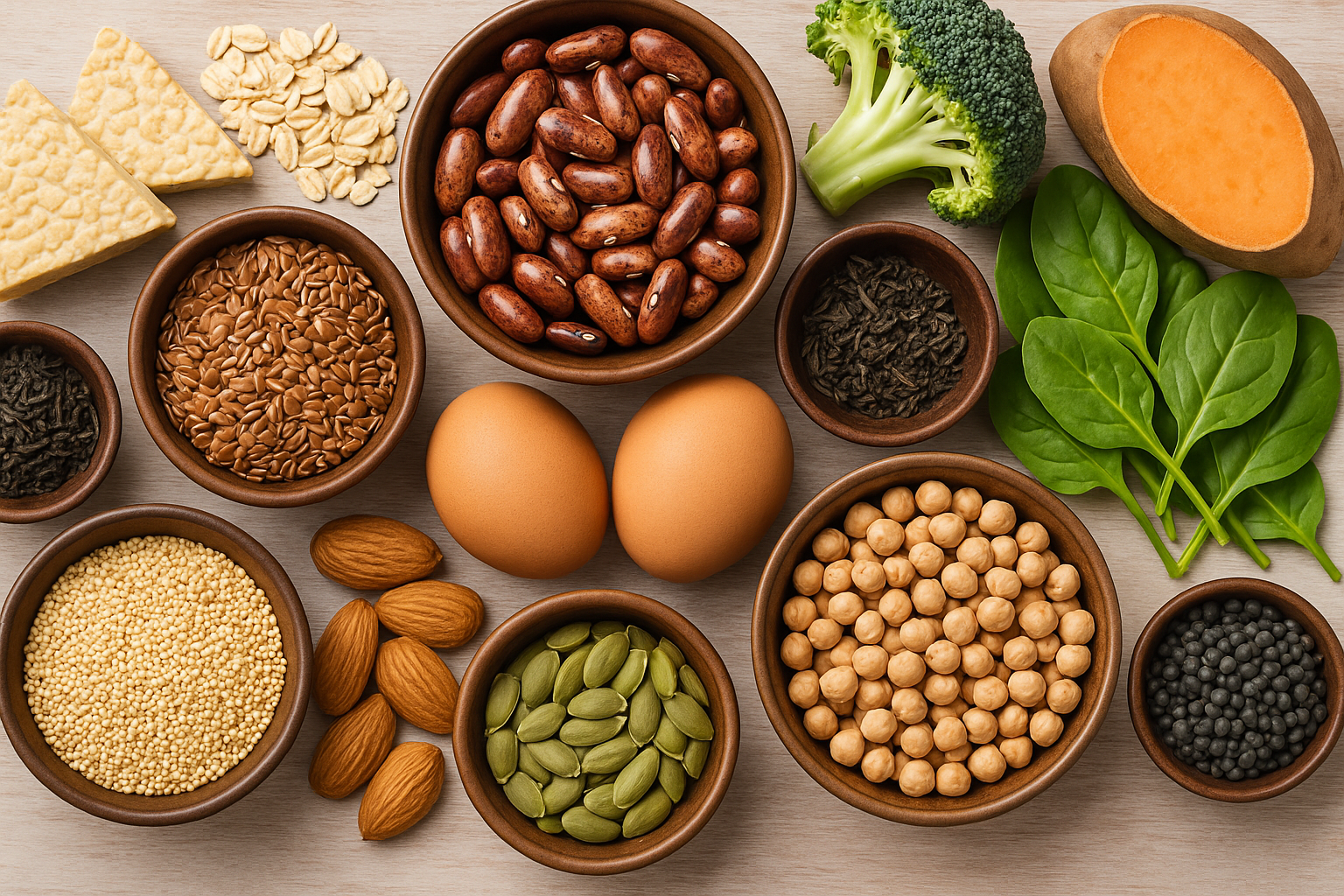When it comes to achieving long-term health and fitness goals, improving body composition is essential. Unlike the traditional focus on weight loss, body composition emphasizes the balance between muscle mass and fat mass, providing a more accurate reflection of overall health. If you’re aiming to reduce your bodyfat percentage and increase lean mass, this comprehensive guide will walk you through the key strategies to help you reach your goals.
What Is Body Composition?
Body composition refers to the proportion of fat mass and lean mass in your body. Fat mass includes all the fat stored in your body, while lean mass encompasses everything else—such as muscles, bones, organs, and water. Maintaining a healthy body composition means having an optimal ratio of muscle to fat, which can significantly impact your overall health, metabolism, and physical performance.
Key benefits of improving body composition include:
- Reduced risk of chronic diseases (e.g., heart disease, diabetes)
- Enhanced physical performance
- Improved metabolic health
- Increased strength and endurance
- Better energy levels and mood
Why Muscle Mass Matters
Muscle mass plays a crucial role in your body composition. Unlike fat, muscle is metabolically active, meaning it burns more calories even at rest. The more muscle you have, the higher your basal metabolic rate (BMR), which can help you maintain a healthy weight and prevent fat accumulation. Additionally, strong muscles contribute to better posture, mobility, and injury prevention.
Fat Mass and Bodyfat Percentage: Finding the Right Balance
While fat is often viewed negatively, it’s important to remember that some fat is essential for body function. Essential fat helps with hormone regulation, insulation, and protecting vital organs. However, excess fat mass, particularly visceral fat (fat around your organs), can increase your risk for health problems, including cardiovascular disease, insulin resistance, and inflammation.
The goal is to reduce excess fat while maintaining or building muscle. A key metric for this is your bodyfat percentage, which gives a clearer picture of your health than weight alone. The ideal bodyfat percentage varies by gender and age, but general guidelines suggest:
- Men: 10-20% bodyfat
- Women: 18-28% bodyfat
How to Improve Body Composition
Achieving a healthy body composition requires a multi-faceted approach that includes nutrition, exercise, and lifestyle changes. Here’s how to get started:
1. Prioritize Strength Training
When it comes to building muscle mass, strength training is non-negotiable. Incorporating resistance exercises into your workout routine helps to stimulate muscle growth (hypertrophy), increase strength, and improve overall body composition. Aim for at least three strength training sessions per week, focusing on major muscle groups such as:
- Legs (squats, lunges)
- Chest and shoulders (bench press, push-ups)
- Back (pull-ups, rows)
- Core (planks, leg raises)
Tip: For optimal muscle growth, use a combination of heavy weights with lower repetitions (4-6 reps) and moderate weights with higher repetitions (8-12 reps).
2. Incorporate Cardiovascular Exercise
While strength training builds muscle, cardiovascular exercise helps reduce fat mass by burning calories. Incorporate a mix of moderate-intensity cardio (such as brisk walking or cycling) and high-intensity interval training (HIIT) to maximize fat loss and improve cardiovascular health.
HIIT, in particular, is highly effective for improving body composition, as it burns fat while preserving muscle mass. Aim for 2-3 cardio sessions per week, and keep your sessions short but intense (20-30 minutes).
3. Focus on Nutrition
Your diet is the foundation of body composition improvement. To reduce fat mass while supporting muscle growth, follow these nutritional guidelines:
- Protein: Consume adequate protein (1.6-2.2 grams per kilogram of body weight) to repair and build muscle. Sources include lean meats, fish, eggs, beans, and legumes.
- Carbohydrates: Opt for complex carbohydrates like whole grains, vegetables, and fruits to provide sustained energy for workouts.
- Fats: Include healthy fats from sources like avocados, nuts, seeds, and olive oil. These support hormone production and overall health.
- Calorie control: To lose fat, you’ll need to be in a slight calorie deficit, but avoid drastic reductions, as this can lead to muscle loss. Aim for a moderate deficit (250-500 calories per day) to preserve muscle mass.
Tip: Spread protein intake evenly across your meals to maximize muscle protein synthesis.
4. Optimize Your Sleep
Sleep is often overlooked but is critical for improving body composition. During sleep, your body repairs and builds muscle tissue while regulating hormones such as cortisol, which can influence fat storage. Research shows that poor sleep can lead to increased appetite and cravings, making it harder to maintain a calorie deficit.
Aim for 7-9 hours of quality sleep per night to optimize recovery, muscle growth, and fat loss.
5. Stay Consistent and Track Progress
Improving body composition takes time and consistency. Track your progress using more than just the scale. Take body measurements, monitor your bodyfat percentage, and take regular progress photos. These methods will provide a clearer picture of your improvements in muscle mass and fat loss.
Additionally, listen to your body and adjust your approach as needed. If you’re not seeing the desired results, consider tweaking your nutrition, workout intensity, or recovery practices.
The Importance of Body Composition Over Weight Loss
Focusing solely on weight loss can be misleading, as losing weight doesn’t always mean losing fat. In some cases, you may be losing water or muscle, which negatively impacts your overall health and metabolism. By shifting the focus to body composition, you can ensure you’re losing fat while maintaining or building muscle, leading to long-term health benefits and a leaner, stronger physique.
For more on the science behind body composition, check out these reputable sources:
Conclusion: Start Your Body Composition Journey Today
Improving your body composition is a process that requires dedication, but the rewards are well worth the effort. By focusing on strength training, cardiovascular exercise, proper nutrition, and quality sleep, you can achieve a healthier balance of muscle mass and fat mass.
At Empowerise, we’re here to help you on your journey. Our expert coaches will guide you through personalized programs designed to optimize your body composition and transform your health. Take the first step today and enroll in one of our coaching programs for lasting results.
By prioritizing your body composition over mere weight loss, you can achieve sustainable health and fitness results that go beyond the number on the scale. Empower yourself today!






